Packaging and Closer Look
The XFX Radeon R9 380 4GB Double Dissipation graphics card comes in a small, relatively simple and somewhat a slim box. The package includes some reading materials, a driver CD, a 6-pin to 4-pin power cable and 8-pin to 6-pin power cable.
The graphics card is wrapped by an anti-static bubble wrap and the graphics card’s shroud is protected by a thin layer of plastic. Simply peel it off to remove.
The XFX Radeon R9 380’s shroud is made out of plastic but the design is quite good. The card itself doesn’t have a back plate, which I wish it had one, not only to protect the exposed components on the other side of the PCB, but also to make it aesthetically look better. In my opinion a backplate is a must, specially for mid to high end graphics card.
Above you see the four heat pipes that slightly overlap with the shroud and PCB. The nickel plated heat pipes looks pleasing for me as well. It’s simple yet effective.
At the output ports, the XFX Radeon R9 380 has two DVI ports, one HDMI 1.4a port and one DisplayPort 1.2. The DVI ports support resolution up to 2560 x 1600, while the HDMI and DisplayPort supports up to 4096 x 2160 resolution.
Another thing that I like about this graphics card is that XFX decided to place the PCIE power connector at the rear end portion of the graphics card. It actually looks cleaner this way, and there are no cables that protrude from the side of the graphics card. The only downside I see in this type of orientation is that if your casing is narrower, the cables may get in the way.
By the way, according to XFX’s site, the minimum power supply requirement is 750W. But I was able to use it on my second system powered by a 520W power supply without any problems.
Above you see what the company calls the XFX Ghost Thermal 3.0 Technology. It’s a “new and improved design, all new optimized fin arrays and lengthened electro plated heatpipes for unprecedented efficiency and performance”. The XFX Double Dissipation Cooling actually refers to the two fans on the cooler. “Dual 90mm IP-5x fans and optimized BIOS fan profile to lower the overall noise level without sacrificing cooling efficiency. Reduced load temperatures by 3° C while lowering noise by on average 7dB while 3d rendering”.
Here’s how the graphics card looks without the Ghost Thermal 3.0 cooler.
The XFX Radeon R9 380 4GB Double Dissipation features a 28nm Tonga GPU core, similar to what the Radeon R9 285 is using. It has a total of 8x SKhynix H5GC4H24AJR memory chips resulting into a total of 4GB memory. The memory is rated to run at 5,700MHz out of the box, a speed similar to the reference R9 380.
Now let’s put the graphics card into the test system.

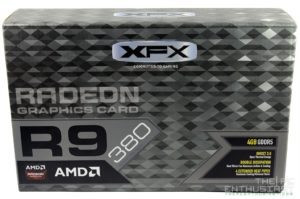
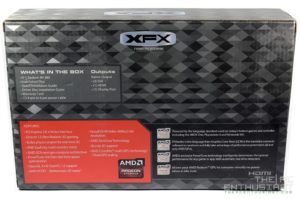
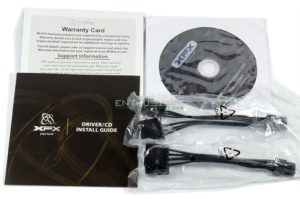
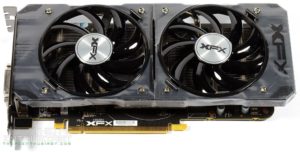
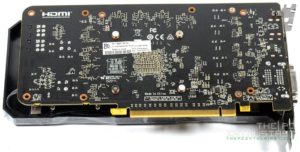
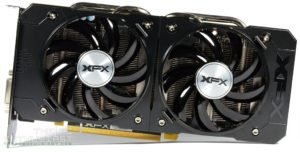
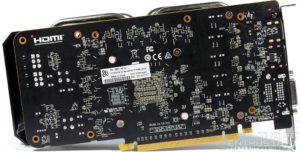

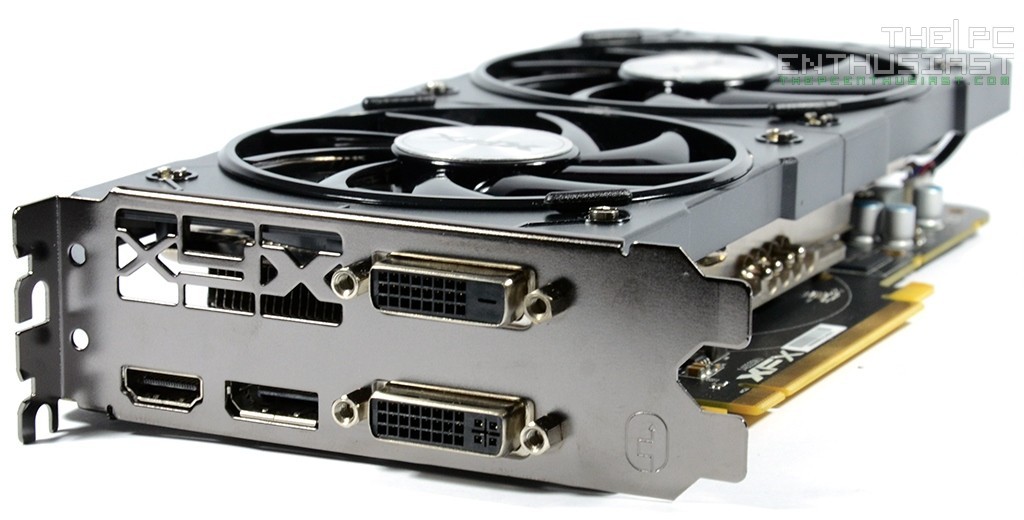
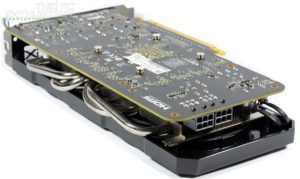
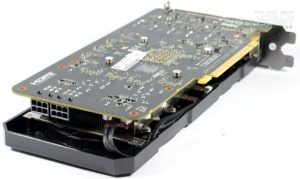

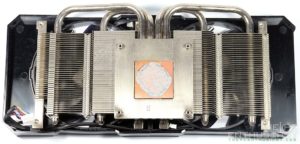
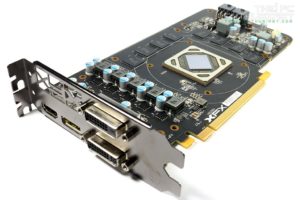
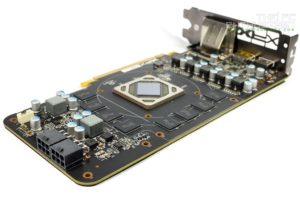
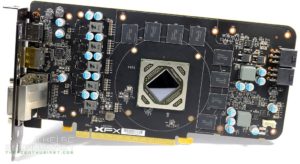
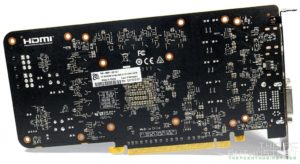
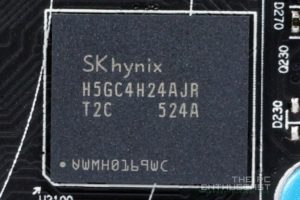
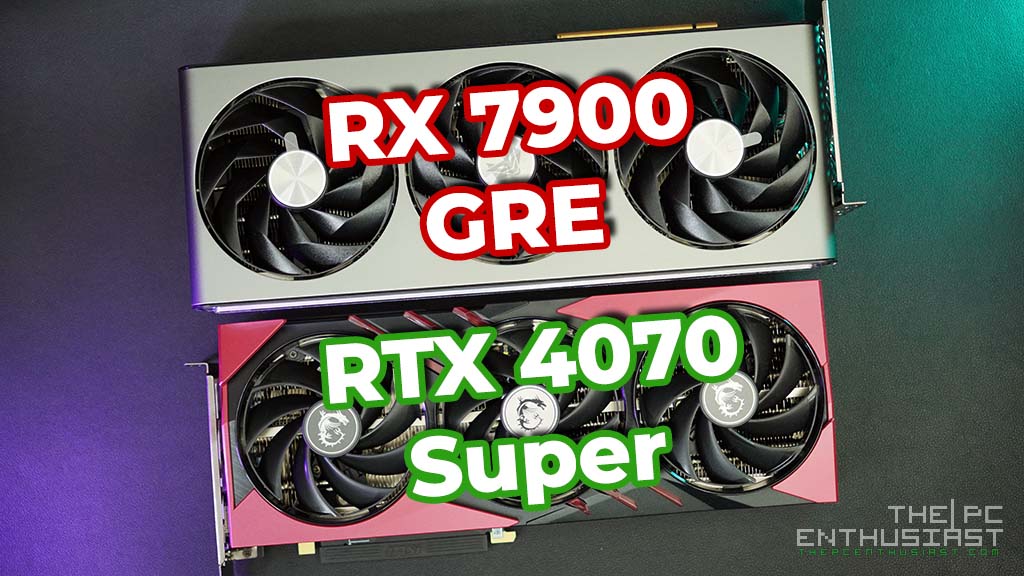
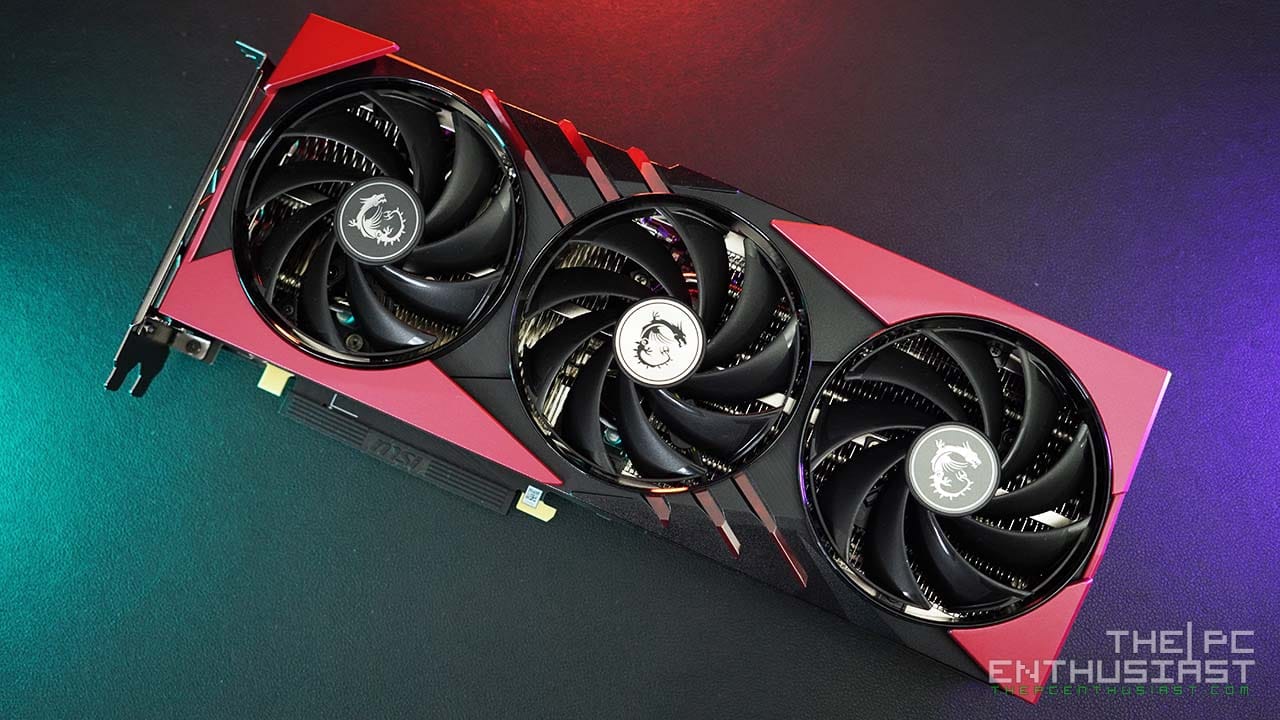
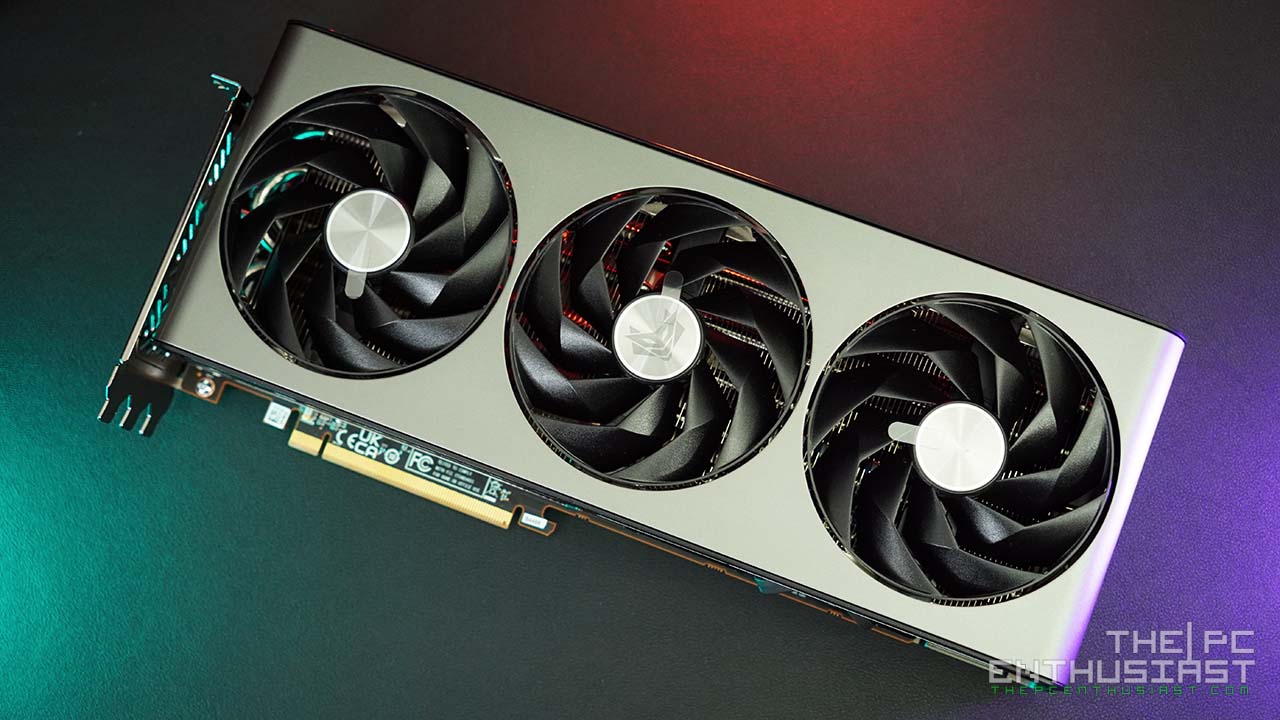
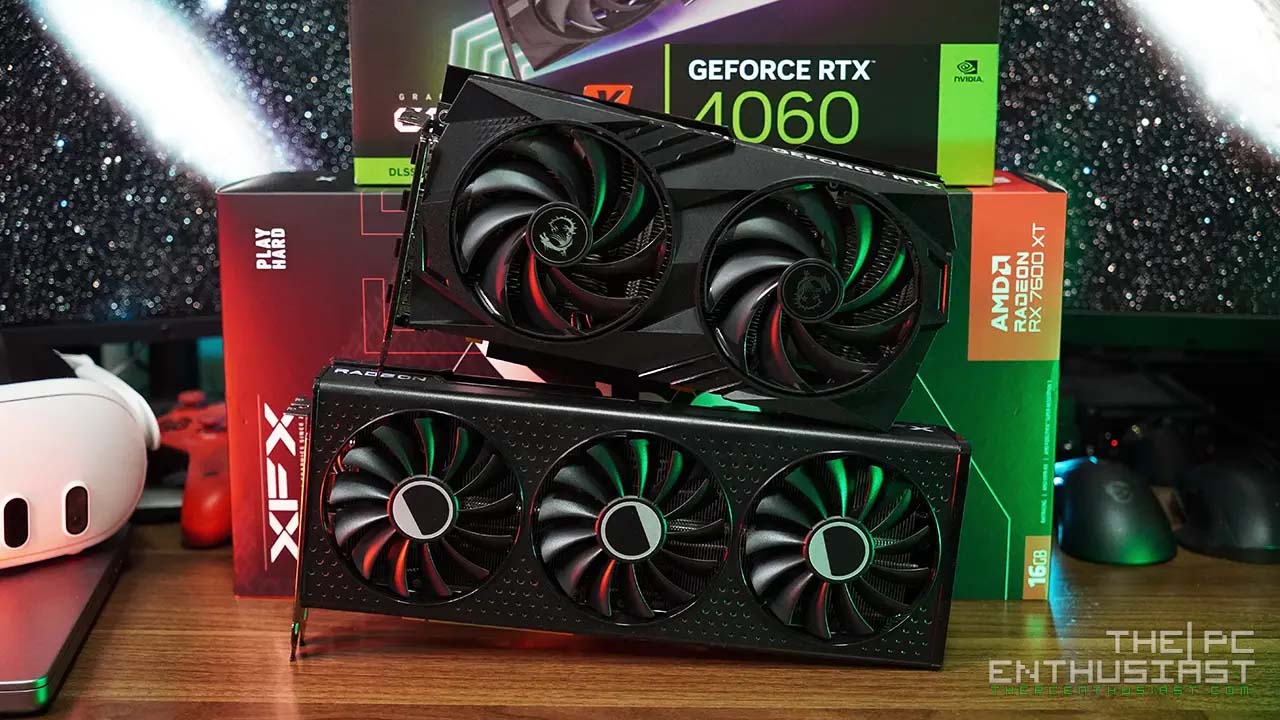
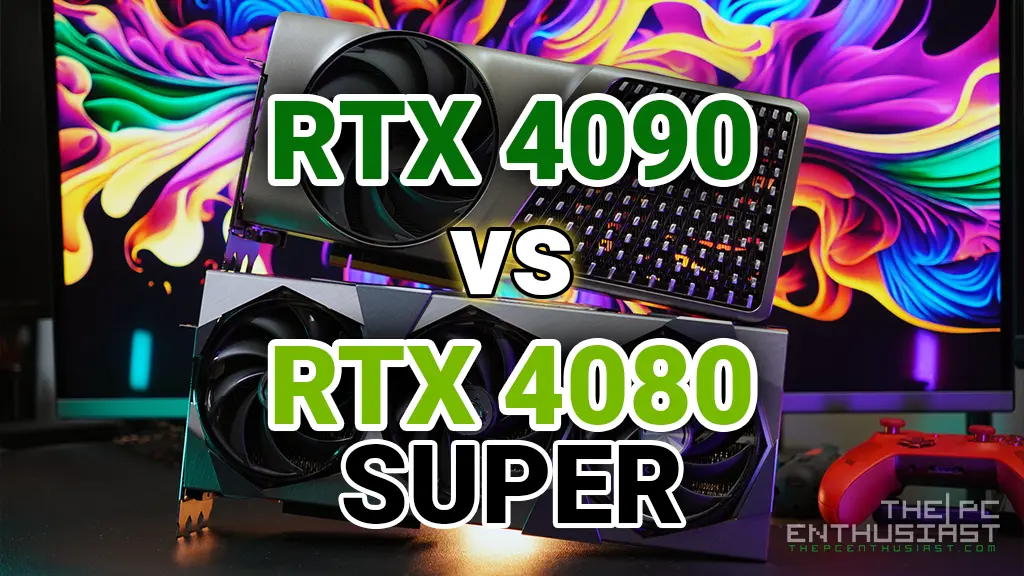
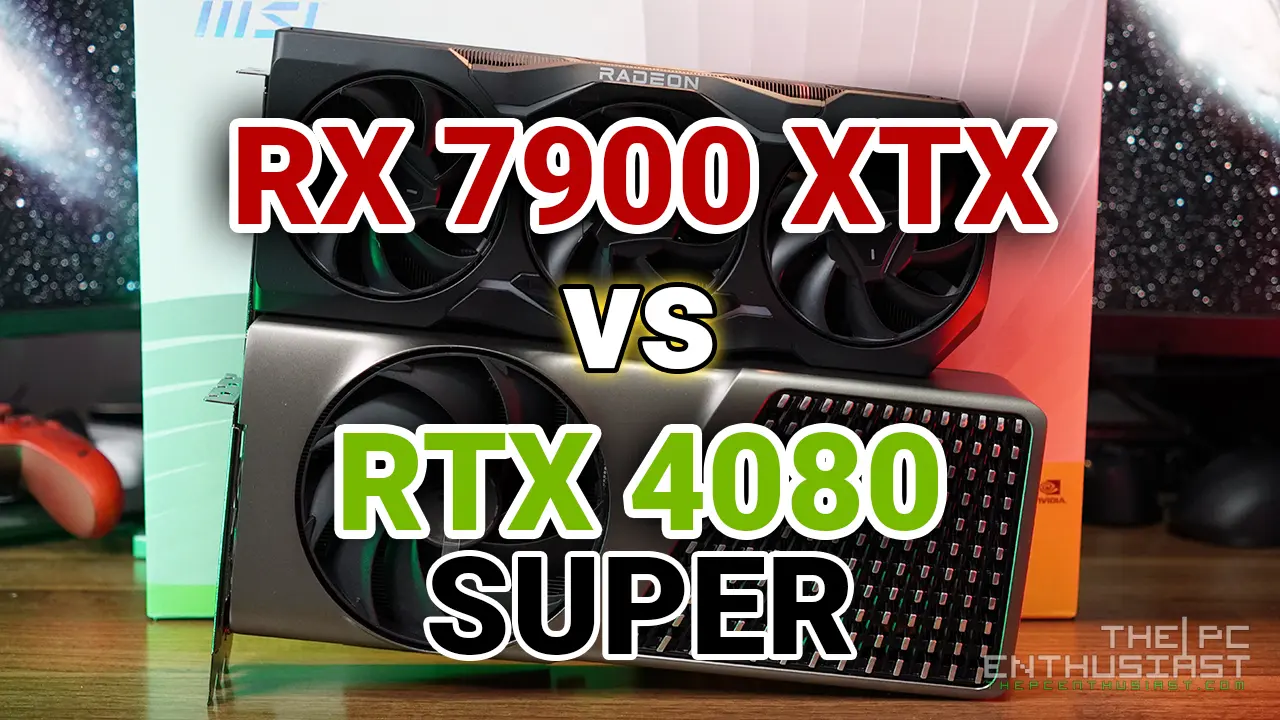

Im getting 80C with 80% fan speed with good airflow in case, is this normal? It gets pretty loud up at 80% fan speed.
During our test, we did reach 80C max. But we just set the fans to auto. If you bump up the fan speed above 60% it will start to get loud. 90% to 100% is unbearably loud already. Try setting it to auto.
All right thanks for the help, I’ll try that out.
You shouldn’t be able to easily hit 80’C without really limiting airflow and holding a constant 100% load… furmark could probably do it. if you think you may have a fan issue or fan failure, we can send replacements free of charge. please let us know. xfxsupport.com
Mark at XFX
That’s right, 80C was the maximum possible temp and the fans were set to auto. The 80 is not constant as well, probably it went 80 at one point. We find the cooler to be very effective and they shouldn’t hit that temp on a normal basis. The temp should be just around 50C to 70C, depending on the environment.